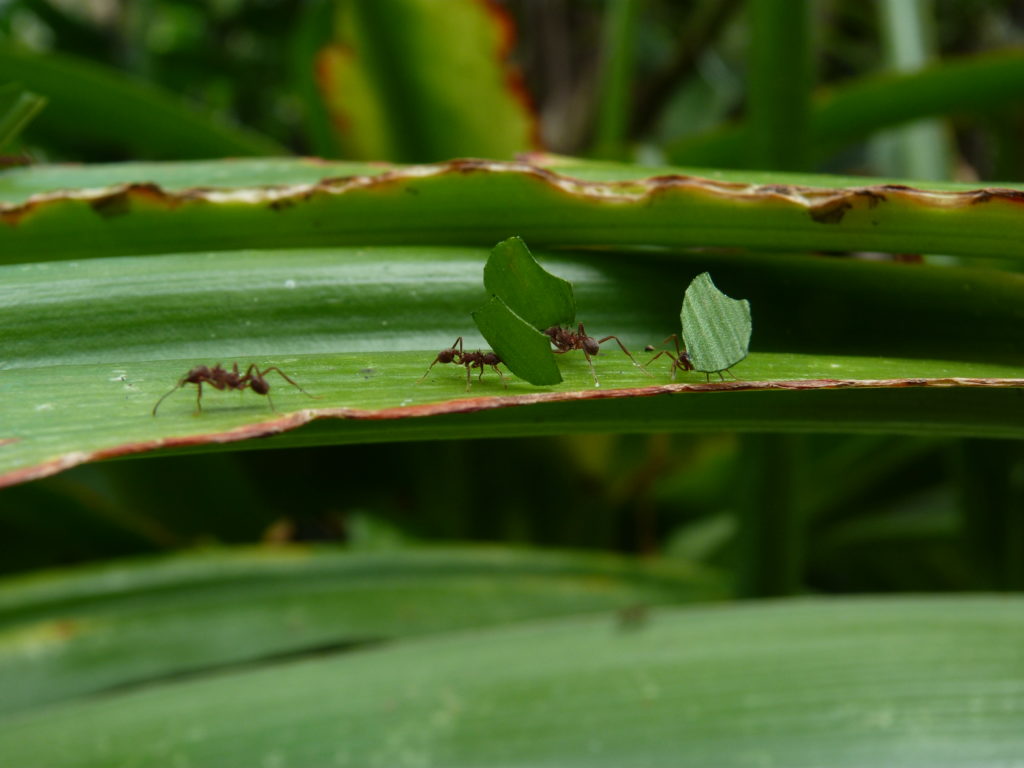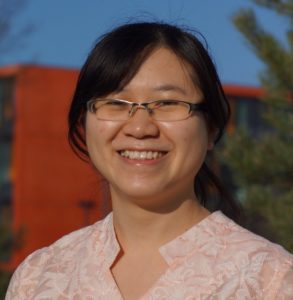
Traditionally, natural products have been isolated by bioactivity-guided fractionation from extracts obtained from a few genera of talented secondary metabolite producers. This simple workflow has fueled the “Golden Age of Antibiotics” between 1950s and 1970s. Since the low hanging fruits have been picked, sticking to the same few talented producer phyla and sample types has resulted in the frequent rediscovery of known metabolites. We focus our efforts on poorly studied ecological niches that are shaped by natural products with a certain bioactivity. Our hypothesis-driven, function-first approach for the identification of bioactive natural products based on simple bioassays is an adaptation of the traditional bioactivity-guided fractionation workflow. In addition to the smart selection of an ecological niche to study and a robust bioassay these studies are complemented by imaging mass spectrometry to identify the metabolite responsible for the observed bioactivity prior to the isolation and genome sequencing as two means of early dereplication.




